Seeing a nesting leatherback turtle a once in a life-time experience
Peterborough Examiner – August 19, 2022 – by Drew Monkman
On March 30, I got a call from my friend Jason Westlake that leatherback turtles had been coming ashore to nest at Playa Gandoca on Costa Rica’s border with Panama. He asked me if I wanted to join him and a turtle guide that evening in case another one might show up. Having never seen a nesting sea turtle, I of course said “Yes!”
A taxi picked Jason, Jen – a German tourist – and me up at 9 pm. Because we weren’t certain to see a turtle and could take our time, we asked the driver to stop if he saw any snakes on the road. Thanks to his keen eyes, we found a highly-venomous fer-de-lance, a beautiful cat-eyed snake, and a new species for me – an eight-foot-long Central American boa. I was thrilled to get great close-up looks at this colossal serpent. While we watched it, Jason’s phone rang. It was Gilberto, the turtle guide, and they had a leatherback!
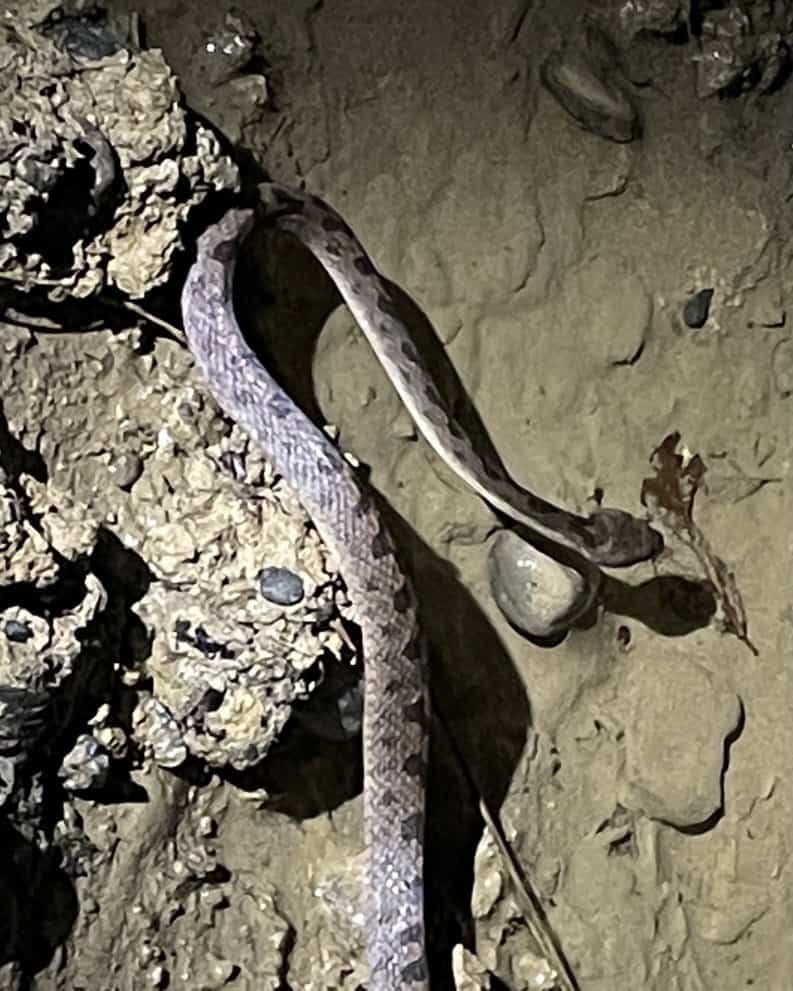
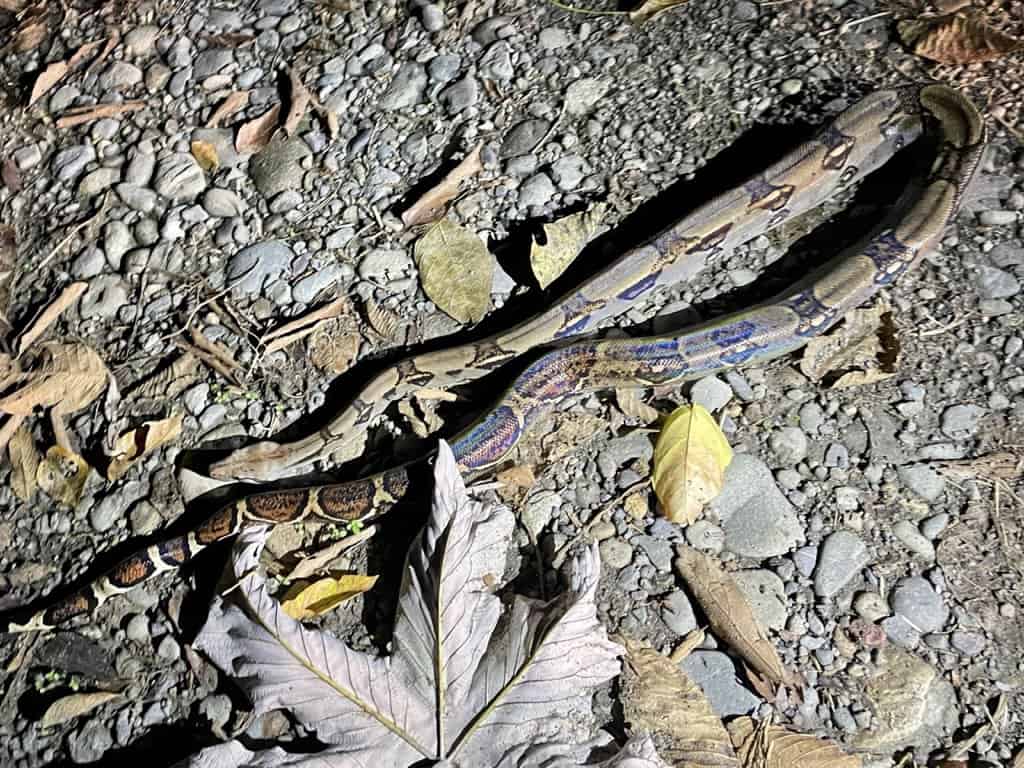
Gilberto met us at Gandoca and said the turtle was about a half-kilometre walk down the beach. To avoid stressing the animal, we were told not to use lights of any kind or to take photographs. With Gilberto leading the way with a dim, red-light headlamp, we set off at a rapid pace into the humid, inky darkness. I was at the back and could not see a thing. The only way I could orient myself was by the roar of the ocean to my left. How I avoided tripping over something, I don’t know.
We arrived upon a scene that looked other-worldly. A faint, red light illuminated three turtle conservation volunteers crouched behind a massive body. Although I knew that leatherbacks are the largest of the sea turtles, I was still taken aback by the size. At five feet long, nearly three feet wide, and an estimated 700 pounds, she was a behemoth. I was immediately struck by the hydrodynamic, teardrop-shaped body; the seven ridges on the leathery carapace; and the gigantic front flippers. Knowing that leatherbacks have hardly changed since the time of the dinosaurs only made her more extraordinary.
The volunteers were using cloth bags to catch the 90 or so eggs the turtle was laying into a deep hole. The eggs would later be placed – in exactly the same laying order – in a hole they would dig at a safer location. We watched as they also tagged the turtle and applied an antibiotic cream to a shark wound on a flipper.
What came next was truly remarkable. For maybe 45 minutes, the leatherback used her incredibly powerful front flippers to scatter sand over the nest. I was standing at least 12 feet from her and still getting sprayed! We then followed at a respectful distance as she slowly made her way back to the ocean, leaving behind a two-metre-wide track between flipper tips. Seeing her slowly slip away into the surf was very emotional, given what a treacherous place the oceans have become. There was good news, however. Jason was able to return two months later and get pictures of baby leatherbacks – maybe the offspring of this same individual – heading successfully to the ocean.
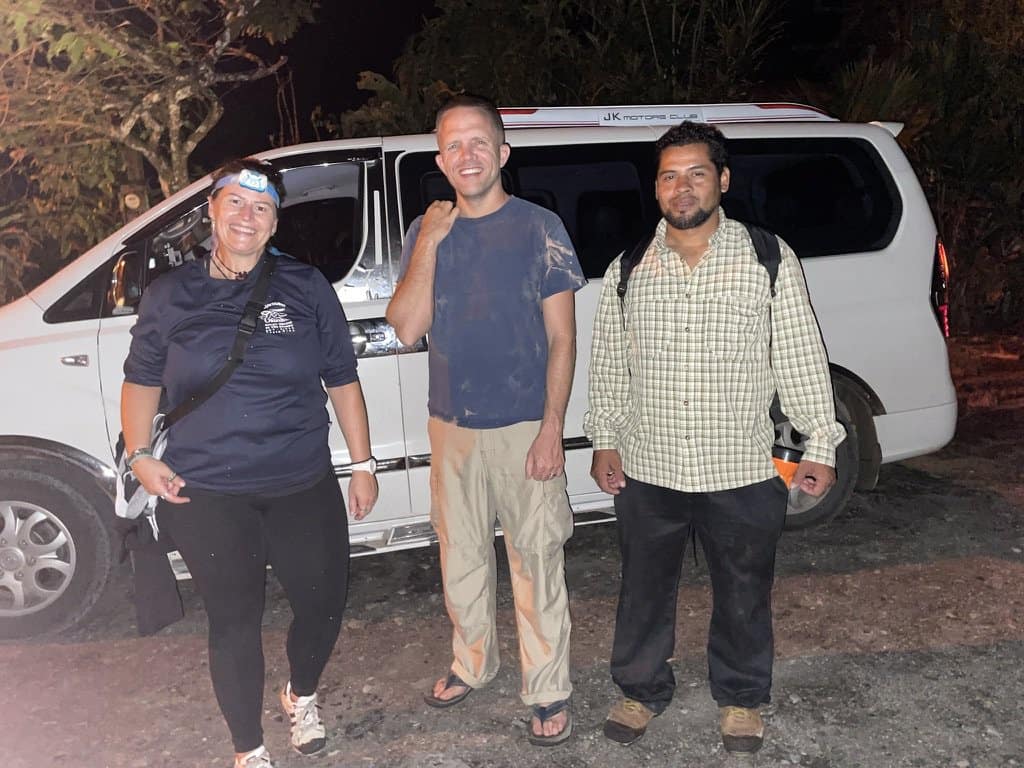
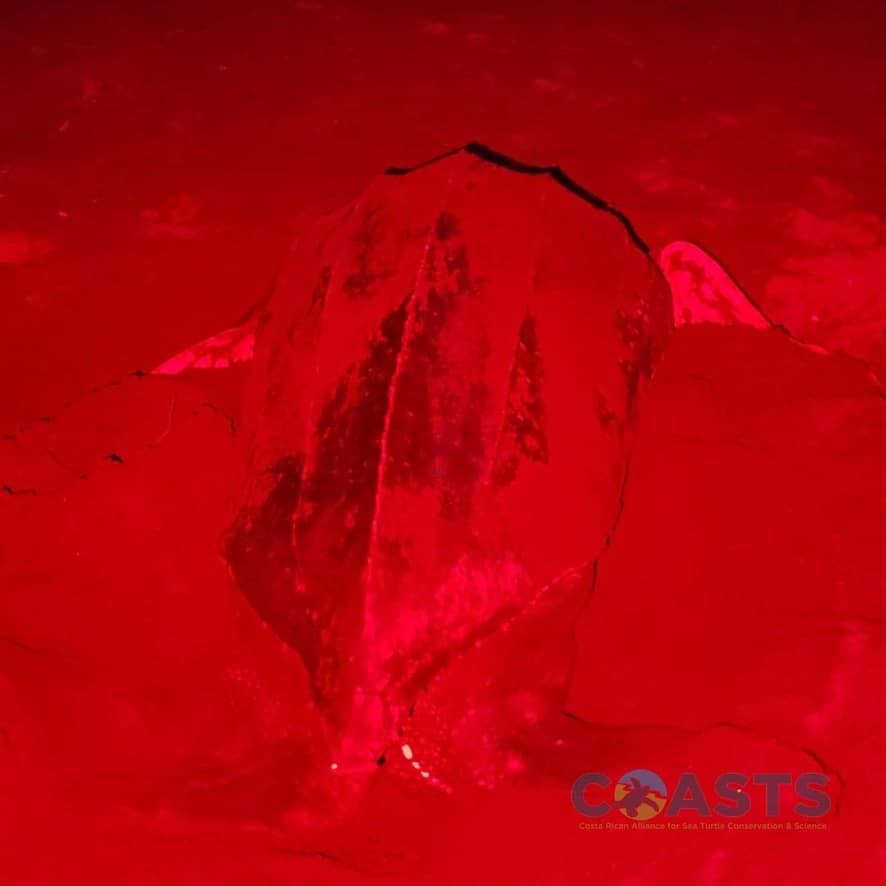
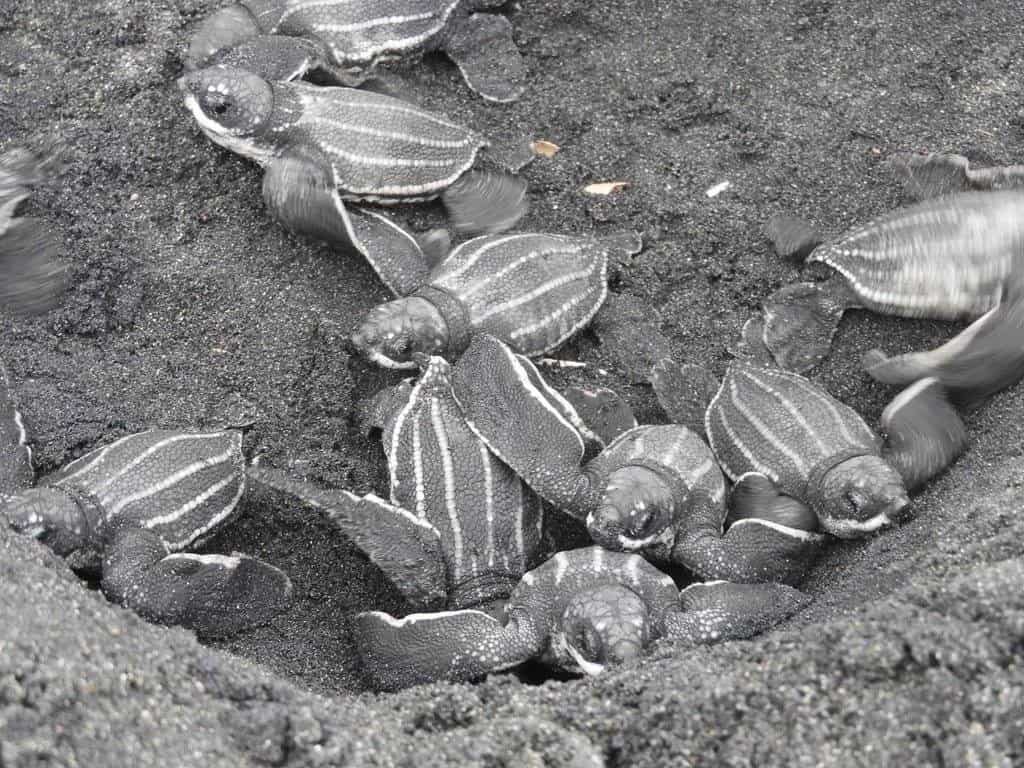
Back to Loco Natural
For the final two weeks of our trip, we returned to Finca Loco Natural in Playa Negra where we had stayed three times before. Loco Natural could be mistaken for a tropical botanical garden with the countless trees, shrubs and flowers that the owners, Pamela and Carter, have planted. Over the years, I’ve found nearly 100 bird species on their property alone.
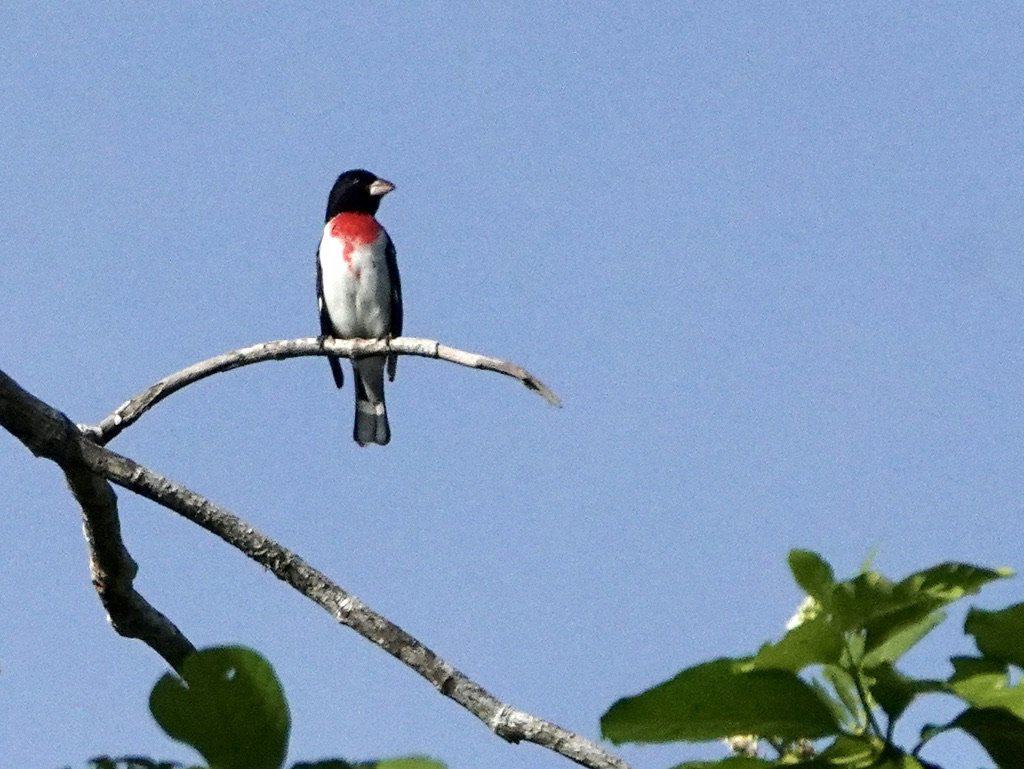
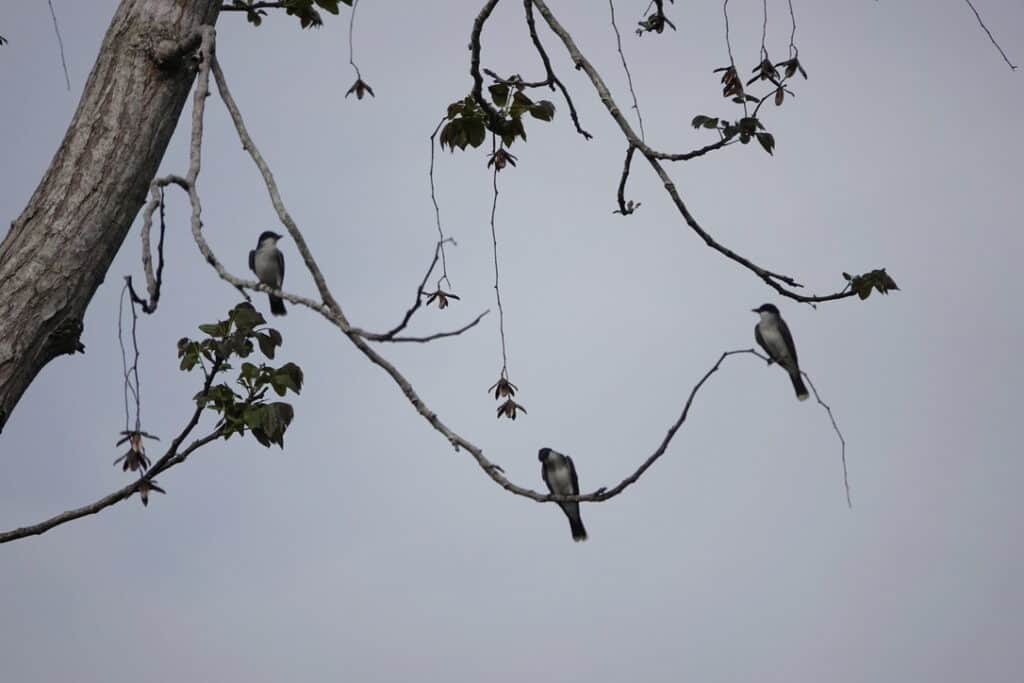
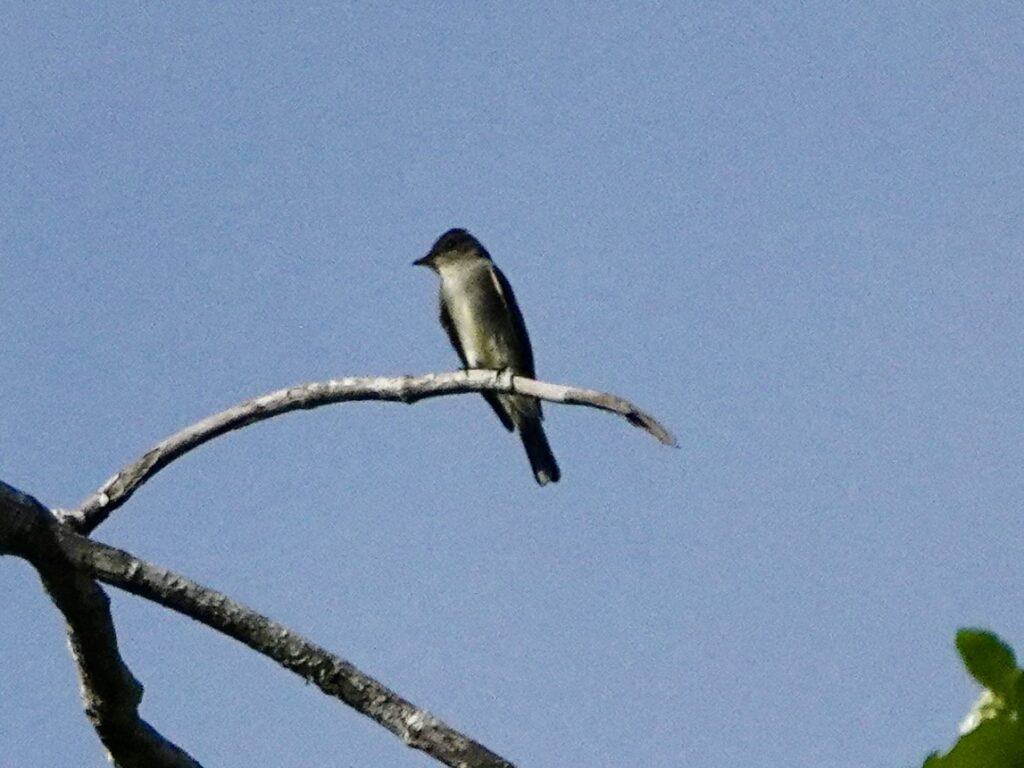
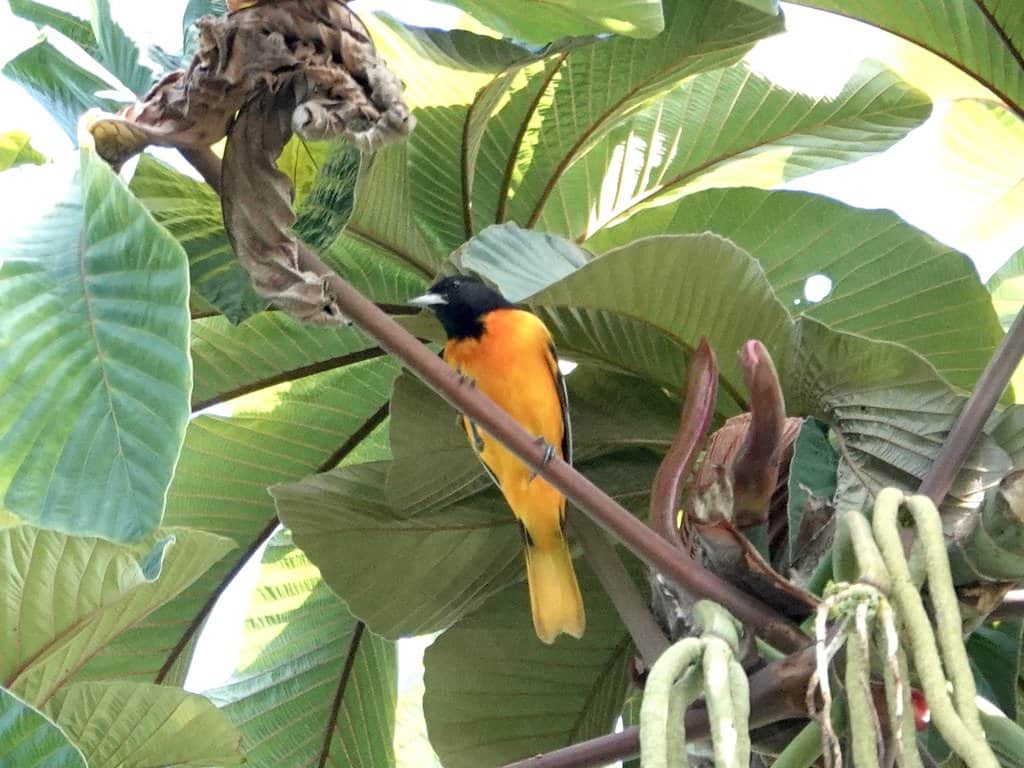
As our return home approached, I was still 25 bird species short of my goal of 200. But, with spring migration now in full gear, new birds were showing up. A non-stop river of thousands of barn, cliff and bank swallows as well as chimney swifts streamed overhead each morning. There were also numerous flocks of eastern kingbirds coming all the way from western Amazonia. Although some landed briefly, they seemed possessed of an urgency to keep moving.
There were many other migrants, too, like eastern wood-pewees and Tennessee warblers. As I watched these warblers piercing flowers for their nectar, I reminded myself that they’d soon be feasting on spruce budworms in Canada’s boreal forest. And, thanks to my friends Bill and Ricky, I also managed to record two life birds. A stunning white-winged becard and a non-descript plain-coloured tanager brought me to 190 species.
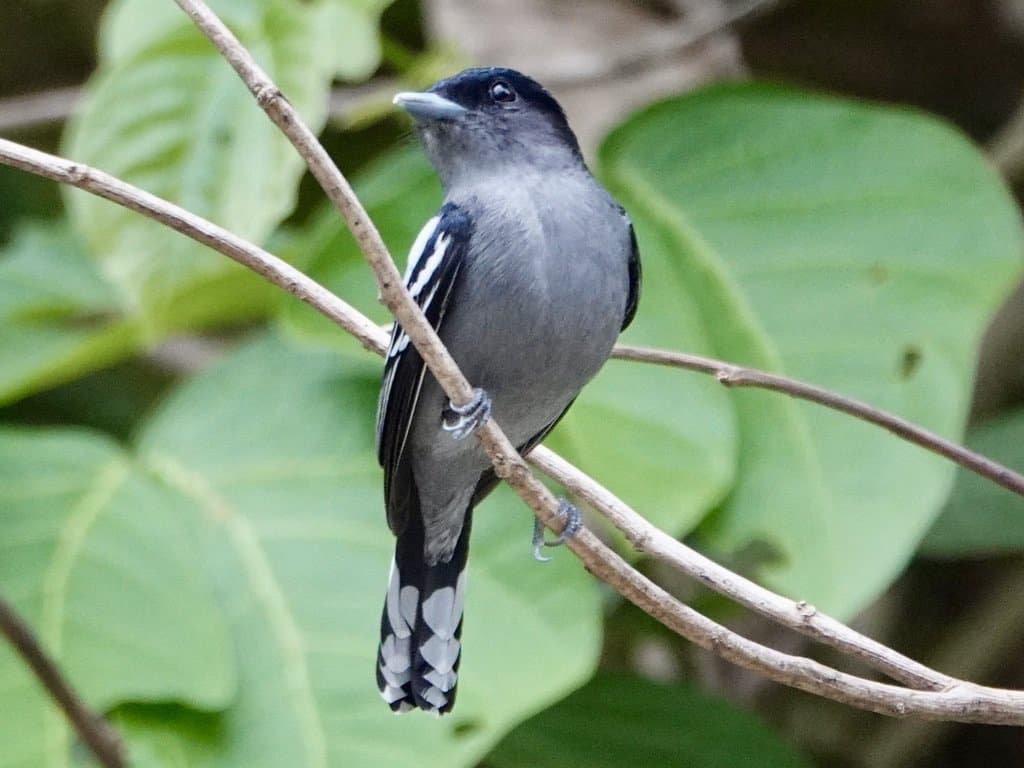
San José and Poás
On April 12, we left Puerto Viejo and took a shuttle to the capital, San José, where we stayed downtown at the charming Aranjuez Hotel. The next day we hired a taxi and drove north up into the mountains to Poás Volcano National Park. Unfortunately, the gigantic crater was shrouded in fog, but high-altitude birds like the sooty thrush, and yellow-thighed bushfinch compensated for the disappointment and brought me to 196.
Although we were flying out at noon on April 14, there was no way I was going to get on the plane without a concerted effort to reach 200. I got up at dawn and wandered over to a bird-rich, urban ravine near the hotel. An Inca dove brought me to 197, followed by a yellow-green vireo and a gorgeous chestnut-headed warbler that responded to my pishing. With one bird to go and despite my better judgement, I then took a staircase down through a rather sketchy area to a bridge. As I had hoped, a small, black flycatcher was continually sallying out from a rock to catch flying insects. It was a black phoebe and number 200!
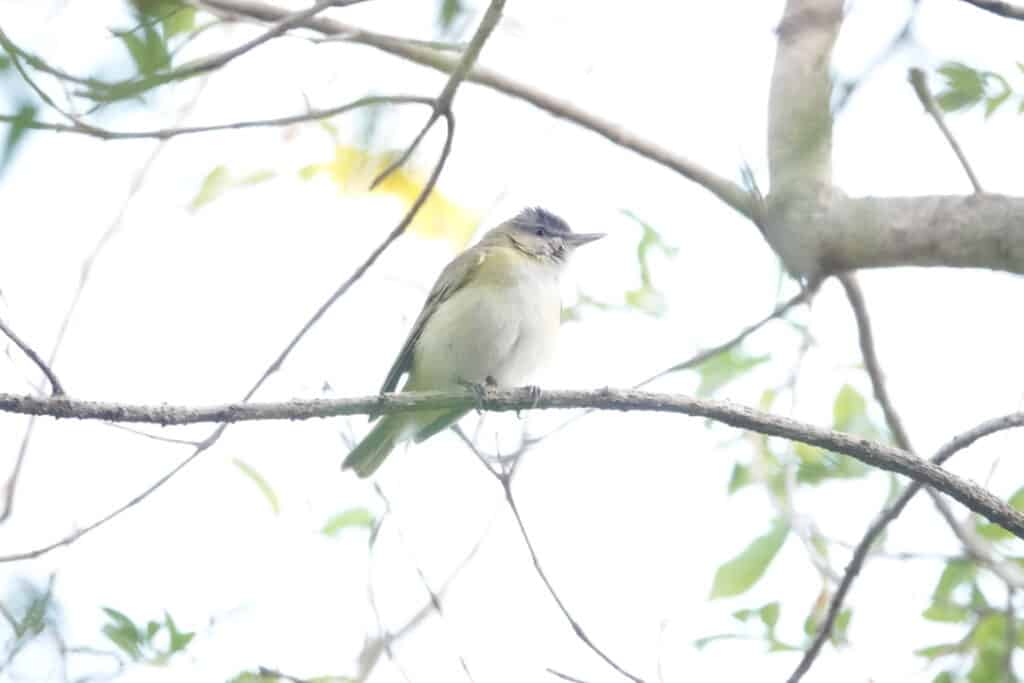
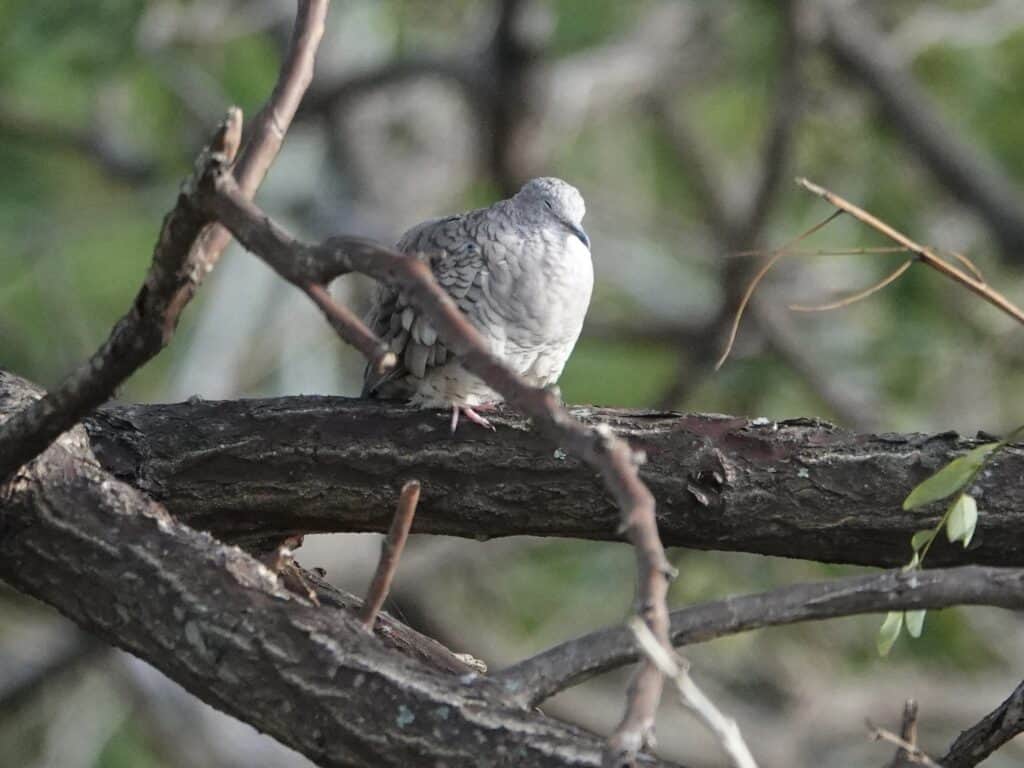
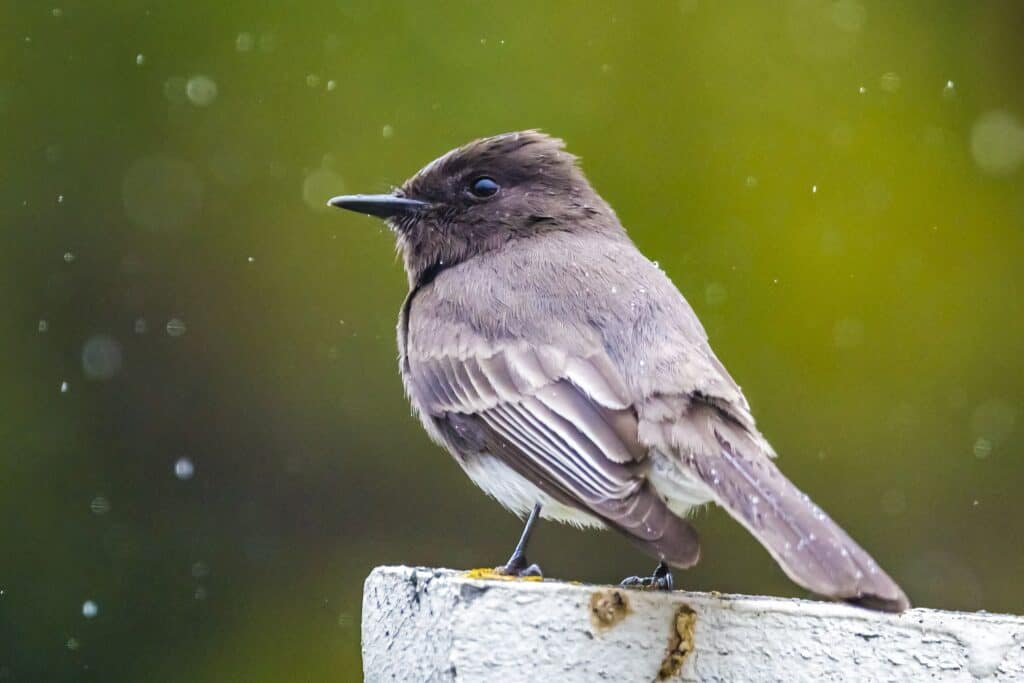
Deservedly green?
As much as I love Costa Rica, its green image is not always deserved. Partly as a result of the pandemic and the growing instability in Europe, a huge number of people want to relocate or spend part of the year here. This means an exploding demand for housing, especially on the country’s coasts in areas like Puerto Viejo. Seemingly uncontrolled development is resulting in habitat destruction, heavy traffic, and oppressive noise – not to mention soaring prices. Many local people told me that development regulations that do exist are routinely circumvented through corruption.
Living in Canada, however, we’re in no position to judge. We are a country of rampant consumerism; we live in outrageously big houses and have huge, personal carbon footprints; we complain about the most frivolous things; and we elect politicians like Doug Ford who want to pave over our rapidly disappearing natural areas for more highways. It’s naïve and unfair to hold a developing country like Costa Rica to some higher standard.
Costa Ricans are deservedly proud of what they’ve accomplished. It’s the only tropical country in the world to have reversed deforestation, its biodiversity is magnificent, and it has many world-class environmental policies. Like everywhere else in the world, you just have to recognize there are warts as well.
CLIMATE CHAOS UPDATE
Hope: Climate experts are praising the Inflation Reduction Act (IRA) which just passed the U.S. Senate. The IRA is, by far, the largest climate bill in U.S. history and will provide a huge boost to the development of clean energy systems. It contains nearly $370-billion in climate funding to address emissions and about $60 billion to advance environmental justice and health equity. Experts say the bill could reduce emissions by 30 to 40 percent by 2030. Despite some provisions that support fossil fuels, the IRA is very hopeful news. See https://tinyurl.com/2p8tn5ct
Carbon dioxide: The atmospheric CO2 reading for the week ending August 13 was 417.34parts per million (ppm), compared to 414.61 ppm a year ago. The highest level deemed safe for the planet is 350 ppm. Rising CO2 means more climate chaos like the disastrous fires, heat, and drought this summer in Europe.
Take action: To see a list of ways YOU can take climate action, go to https://forourgrandchildren.ca/